What Are NFTs
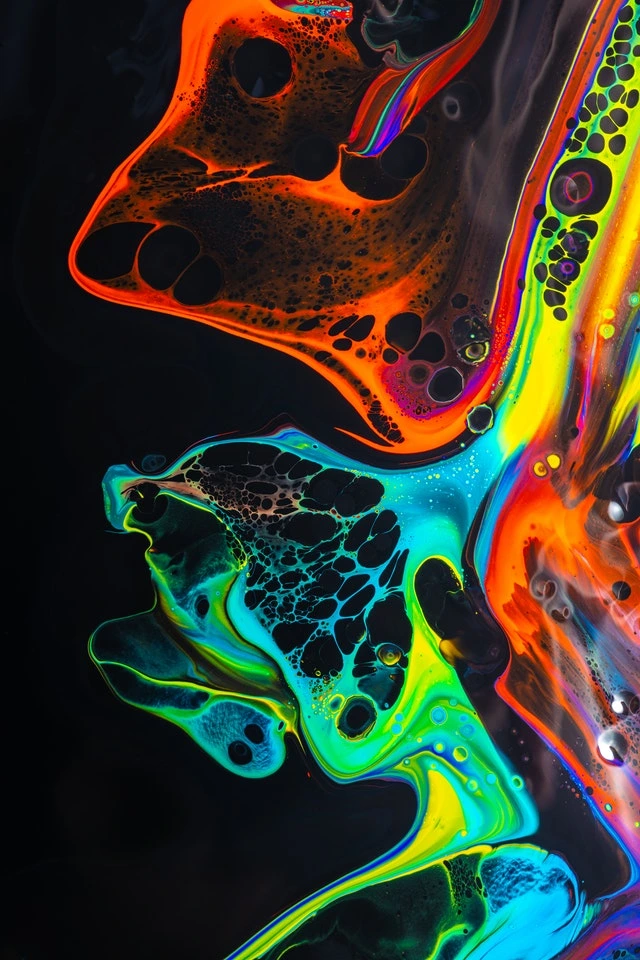
NFTs are easily described as digital assets that are non-fungible and unique. Unlike traditional cryptocurrencies, which are divisible and fungible (meaning each unit is interchangeable with another), NFTs differ in that each one is entirely unique from the next. This is due to the fact that they are built on blockchain technology, which allows for a tamper-proof decentralized ledger of all transactions.
What Is The Difference Between Fungible vs Non-Fungible Tokens?
Non-Fungible: A unique asset, there is only one e.g. there is only one person like you, no one else is exactly the same as you. A non-fungible token (NFT) is a type of cryptocurrency that represents a one-of-a-kind asset.
Fungible: There are many, and they are interchangeable e.g. there are many US Dollars, and each dollar can be swapped for another dollar. There are many bitcoin and each Bitcoin can be swapped for another.
How Do NFTs Work
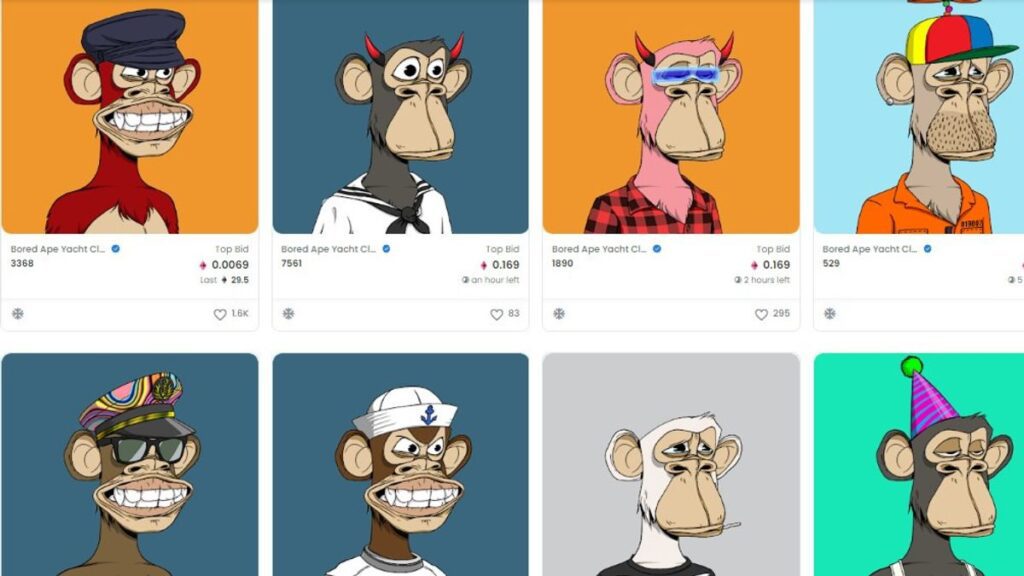
NFTs work by representing an asset on a blockchain. The assets could be anything from a piece of digital art to a collectible card in an online game.
By tokenizing these assets, they can be bought, sold, or traded like any other cryptocurrency. NFTs become interesting once you realize they can trade instantly, 24/7, globally and at a low cost. The potential market size is: anyone who has an internet connection.
NFTs are stored on a blockchain, which provides a secure and transparent way to track ownership and transactions. If you have an NFT for a food item you bought, you can instantly track the exact farm your food came from (and any other relevant information embedded into the NFT).
What Are The Benefits of NFTs
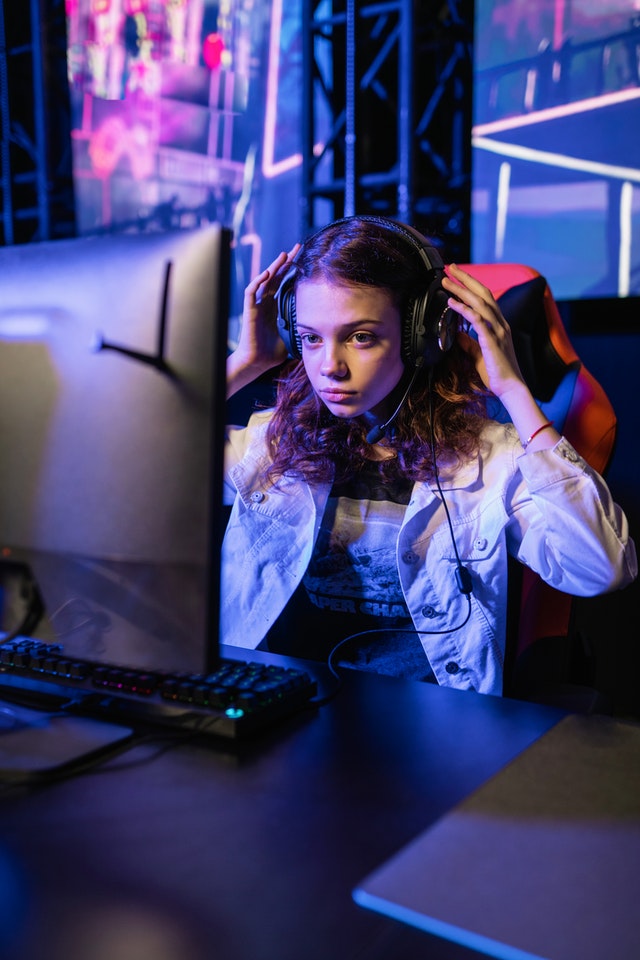
NFTs are scarce and unique: Unlike fiat currency or traditional assets, NFTs are often scarce and unique. This makes them valuable and collectible.
NFTs are programmable: NFTs can be programmed to do anything the creator wants. This means they can be used to represent real-world assets, like land or property.
NFTs are easy to trade: NFTs can be traded easily and quickly, 24/7. This makes them convenient for both buyers and sellers.
NFTs are transparent: NFTs are stored on a blockchain, which provides a secure and transparent way to track ownership and transactions.
What Are The Disadvantages Of NFTs?
NFTs have a few disadvantages:
NFTs are new and untested: NFTs are a new technology and they are untested. This means that there is a risk that NFTs will not work as intended.
NFTs are volatile: NFTs are often traded on decentralized exchanges, which are subject to high levels of volatility. This means that NFT prices can fluctuate rapidly, and investors could lose money.
NFTs are less regulated: NFTs are often less regulated than traditional assets. This means that there is a risk that NFTs will be used for illegal or fraudulent activities.
NFTs for physical assets require real-world enforcement: NFTs for physical assets, such as property or gold bars, require real-world enforcement. For example, if your gold bars get stolen then investors need to physically go to the police and court in order to enforce their rights.
NFT Use Cases

NFTs can be used for a variety of purposes, including but not limited to digital art, gaming, and collectibles. NFTs can also be used to represent real-world assets, such as property or land rights.
Some of the most popular use cases for NFTs include:
Gaming: The rapidly-growing, multi-Billion Dollar gaming industry benefits from NFTs in several ways:
- NFTs make games more immersive and fun for Gamers, which attracts new users.
- NFTs improve the retention of existing users and extend the amount of time spent playing a game.
- NFTs allow for user-driven games which develop much faster than traditional online games.
NFTs have been used in a variety of gaming applications, including collectible card games, virtual worlds, and online games. NFTs can be used to represent game items, characters, or other in-game assets. NFTs can also be used to track ownership of game items and to sell or trade game items.
Digital Art: NFTs have been used to represent digital artworks, with each NFT representing a unique piece of art. NFTs can be used to track ownership of digital artworks and can also be used to sell or trade artworks.
Collectibles: NFTs have been used to represent a wide variety of collectibles, including but not limited to sports cards, comic books, and virtual pets. NFTs can be used to track ownership of collectibles and can also be used to sell or trade collectibles.
Real-World Assets: NFTs have also been used to represent real-world assets, such as property or land rights. NFTs can be used to track ownership of real-world assets and can also be used to sell or trade real-world assets.
Digital Assets: NFTs can also be used to represent digital assets, such as website domains, social media accounts, or online courses.
Intangible assets: NFTs can also be used to represent intangible assets, such as trademarks, Intellectual Property IP (such as music rights or patents), loyalty points or rewards.
NFTs Use Cases & Benefits For Creators
NFTs can remove middlemen and allow creators to sell directly to their audience. Middlemen are inefficient for example they can be expensive, slow, and sometimes outright exclude new artists.
NFTs allow creators to wrap their creation in a token that can be traded globally, instantly, at a relatively low cost. Accessing global markets of potential customers.
NFTs can be used by creators to sell their work and to track ownership of their work. NFTs provide a transparent and secure way for creators to sell their work. NFTs also allow creators to set the price of their work and to control how their work is used.
NFTs Use Cases & Benefits For Companies
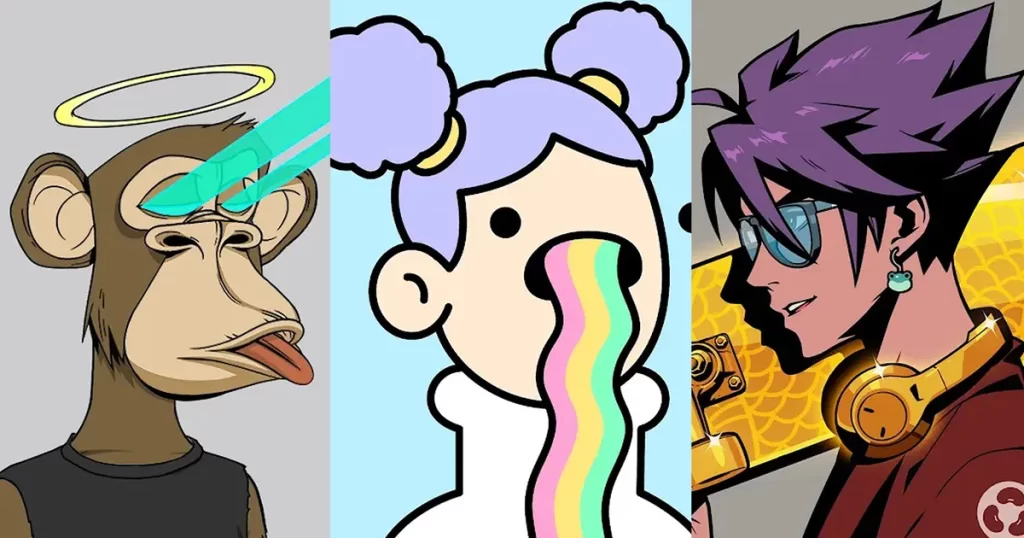
NFTs can be used to raise funds: NFTs can be sold to raise funds for a project or company. This is because NFTs are often scarce and unique, making them valuable and collectible.
NFTs can be used to represent real-world assets: NFTs can be programmed to represent any asset, including land or property. This makes them useful for developers and companies who want to tokenize their assets.
NFTs offers a new way for companies to engage with consumers. They allow for a new level of ownership e.g. you can provide NFTs in exchange for consumers providing something of value (feedback, organic marketing, buyer data) – this effectively crowd-sources company work and aligns consumers to your company at the same time. NFTs also offers a new way to gamify the digital world. Companies can tokenize parts of the buying process to help consumers find products that fit their needs (product-market fit) and enjoy the buying process.
NFTs Use Cases & Benefits For Game Developers

NFTs enables gamers to own their in-game assets and to trade them on a secure, decentralized platform. NFTs can be used to:
- Speed Up Progress (Creating a More Valuable Game)
- Improve User Acquisition & Retention
- Increase Total Time Played Per User
- Create a New Revenue Stream
NFT Use Cases & Benefits For Investors
Investors can use NFTs to:
Diversify Their Portfolio: NFTs offer a new asset class that can help investors diversify their portfolios.
Access New Markets: NFTs offer a new way to invest in a variety of assets, including digital art, collectibles, and real-world assets. Also intangible and digital assets like trademarks, IP (song rights & patents), accounting-goodwill etc
Get exposure to early-stage projects: NFTs offers a new way for investors to get exposure to early-stage projects and companies because these companies can raise money exponentially more efficiently through an NFT than through traditional markets.
Why Do Some Gamers Hate NFTs?
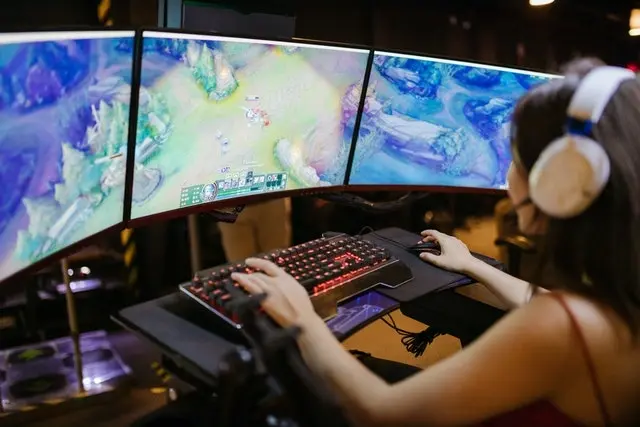
Many Gamers cite two reasons for disliking NFTs.
- Firstly that NFTs can harm the environment.
- Secondly that NFTs are only speculative assets.
Are Gamers Correct About NFTs Harming The Environment?
NFTs do not harm the environment, the underlying blockchains use energy (and this causes environmental concern). Most NFTs run on Ethereum, Solana and Avax where transactions for NFTs require negligible electricity. Ethereum is also moving to PoS (Proof of Stake) which will reduce electricity even further. While Solana and Avax energy usage is already minuscule compared to everyday appliances that run in your house.
Are Gamers Correct About NFTs Only being Speculative?

NFTs can be used for both speculative and non-speculative assets. The NFT itself is only a vehicles for the asset. The same way a company is a vehicle, directors of the company can choose to use company assets for good or bad.
What assets are chosen to be placed inside is determined by the NFT creator. There are many examples of both good assets and bad/speculative assets being placed inside NFTs.
It doesn’t make sense to dismiss a new technology simply because some people have misused it. Especially when NFTs have demonstrated being used for good purposes and housing good assets.
What Is The Difference Between NFTs And Blockchain?
NFTs are built on top of blockchain. NFTs use blockchain to store data about the NFT, such as the NFT’s owner, its price, and its history. However, NFTs are not limited to blockchain. NFTs can also be stored on other platforms, such as IPFS (InterPlanetary File System).
How Can NFTs Be Better Than Traditional Assets?
NFTs can be better than traditional assets for a number of reasons:
NFTs are more scarce: NFTs are often more scarce than traditional assets. This is because NFTs can be created in a variety of ways, including through minting, which makes them more rare.
NFTs are more liquid: NFTs are often more liquid than traditional assets. This is because NFTs can be traded on a variety of platforms, including decentralized exchanges.
NFTs are more transparent: NFTs are often more transparent than traditional assets. This is because NFTs use blockchain, which is a public ledger.
NFTs are more secure: NFTs are often more secure than traditional assets. This is because NFTs use blockchain, which is a secure and decentralized platform.
How Can NFTs Be Worse Than Traditional Assets?
NFTs can be worse than traditional assets for a number of reasons:
NFTs are more volatile: NFTs are often more volatile than traditional assets. This is because NFTs are often traded on decentralized exchanges, which are subject to high levels of volatility.
NFTs are less regulated: NFTs are often less regulated than traditional assets. This is because NFTs are often traded on decentralized exchanges, which are not subject to the same regulatory scrutiny as traditional exchanges.
NFTs for physical assets require physical enforcement: for example if you buy a security token that represents a property. If there is any legal issue with the property then you will need to find a solution in physical court of law. IF a tenant doesn’t rent, there is nothing on blockchain that can enforce the rent to be paid. Note: this only applies to physical assets (NFTs to enforce digital rights for digital assets)
What Is Needed For NFTs To Get Mainstream Adoption?

For NFTs to get mainstream adoption, they need to be:
- Clearly valuable to the owner
- Be Easy to use and understand.
- Be Supported by a variety of platforms and exchanges.
- Be Backed by strong communities.
- Be Safe for regular users
How Is The Metaverse Linked To NFTs?
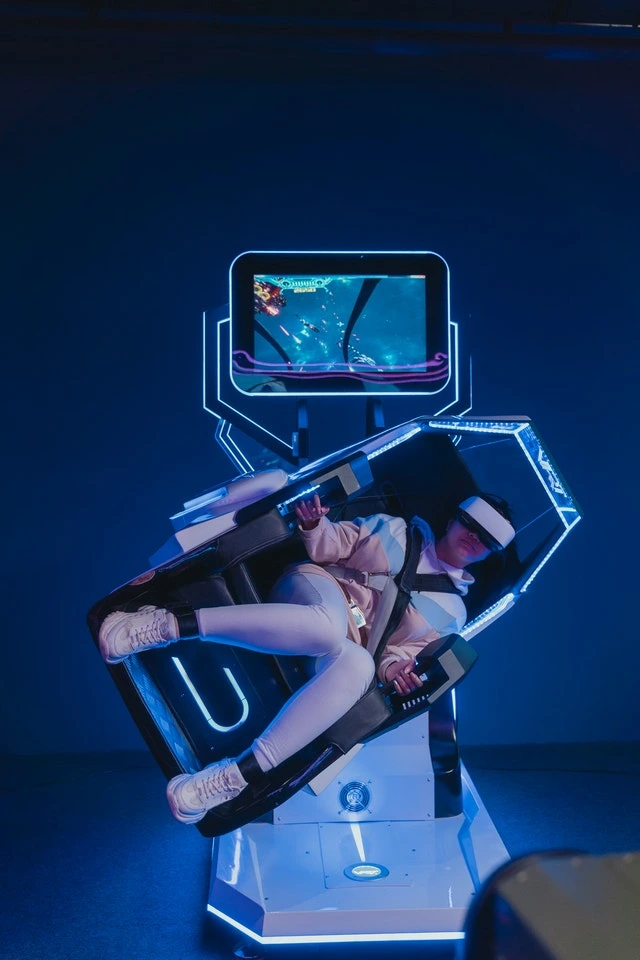
The Metaverse is a virtual world that is built on NFTs. The Metaverse is a decentralized platform that allows users to create, own, and trade NFTs. The Metaverse is also home to a variety of NFT-based games, such as Decentraland and Cryptovoxels.
How Are NFTs Used In GameFi Games?
NFTs are used in GameFi games to represent in-game assets. NFTs can be used to represent a variety of in-game assets, including characters, items, and land. NFTs can also be used to represent game credits, which can be used to purchase in-game items.
How Do NFTs Make Games More Engaging And Fun?
NFTs make games more engaging and fun by giving players a sense of ownership over their in-game assets. NFTs also make games more exciting by adding an element of rarity and scarcity. NFTs also make games more transparent and secure, as all NFT transactions are recorded on the blockchain.
History Of NFTs
NFTs have been around since the early days of cryptocurrency, but they have only gained mainstream attention in recent years. NFTs were first used in the game CryptoKitties, which was launched in 2017. Since then, NFTs have been used in a variety of games, including Decentraland, The Sandbox, and Cryptovoxels. NFTs have also been used in a variety of other applications, such as art, collectibles, and even physical assets.
The Future Of NFTs
Some areas to watch:
- Music rights sold by artists directly to the public
- Trademarks, Patents and IP (intellectual property) are being efficiently valued for the first time (and can therefore also be traded.
- Day-to-day items like Event tickets and Loyalty points can be priced & traded globally
- Auctions that can price demand accurately due to the global marketplace
The future of NFTs is uncertain. NFTs have only been around for a few years, and it is still early days for the technology. That said, NFTs have shown a lot of promise, and there is potential for the technology to be used in a variety of ways, including in gaming, art, and collectibles. only time will tell what the future holds for NFTs.
If you’ve read this far you deserve the most powerful nugget for NFTs:
- many previously unquantifiable things can now be quantified: brand equity, reputation, status, experiences, access etc.
- Because NFTs are truly global (everyone with an internet connection can access them), this means they may become the most wide-reaching market in the world. Wide markets are far more valuable than narrow markets because assets find their true value when all participants are included.



